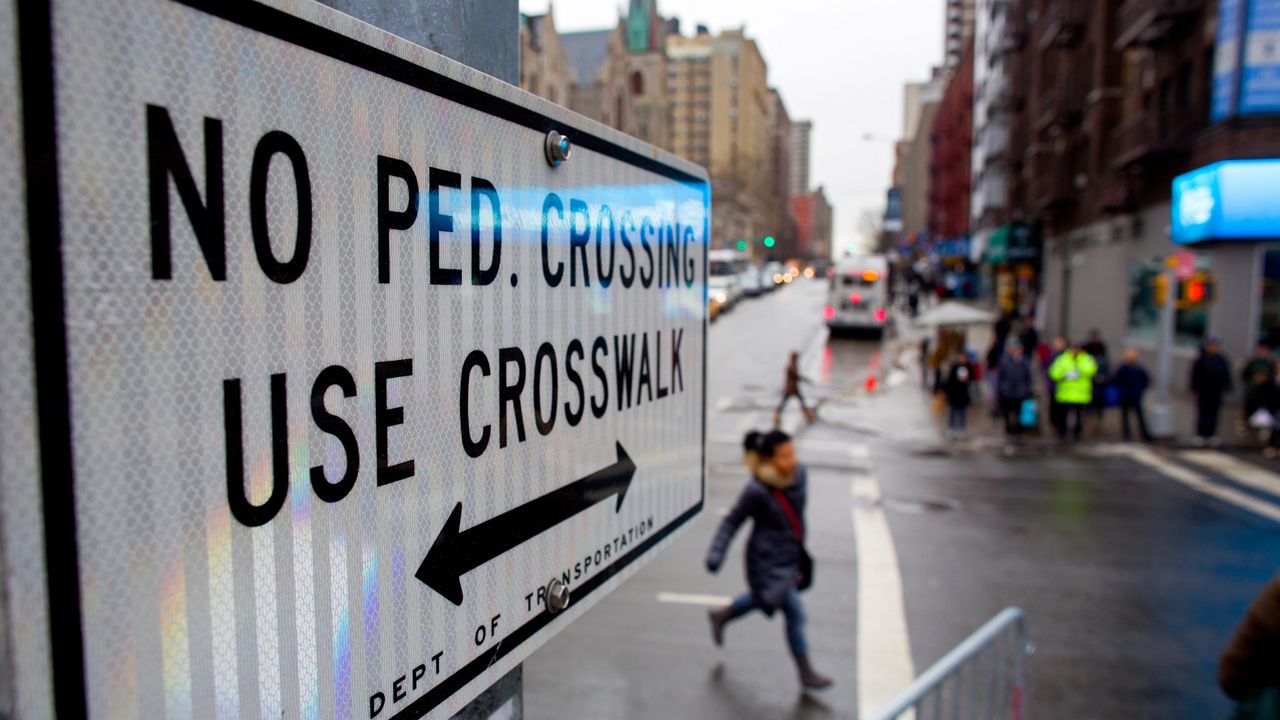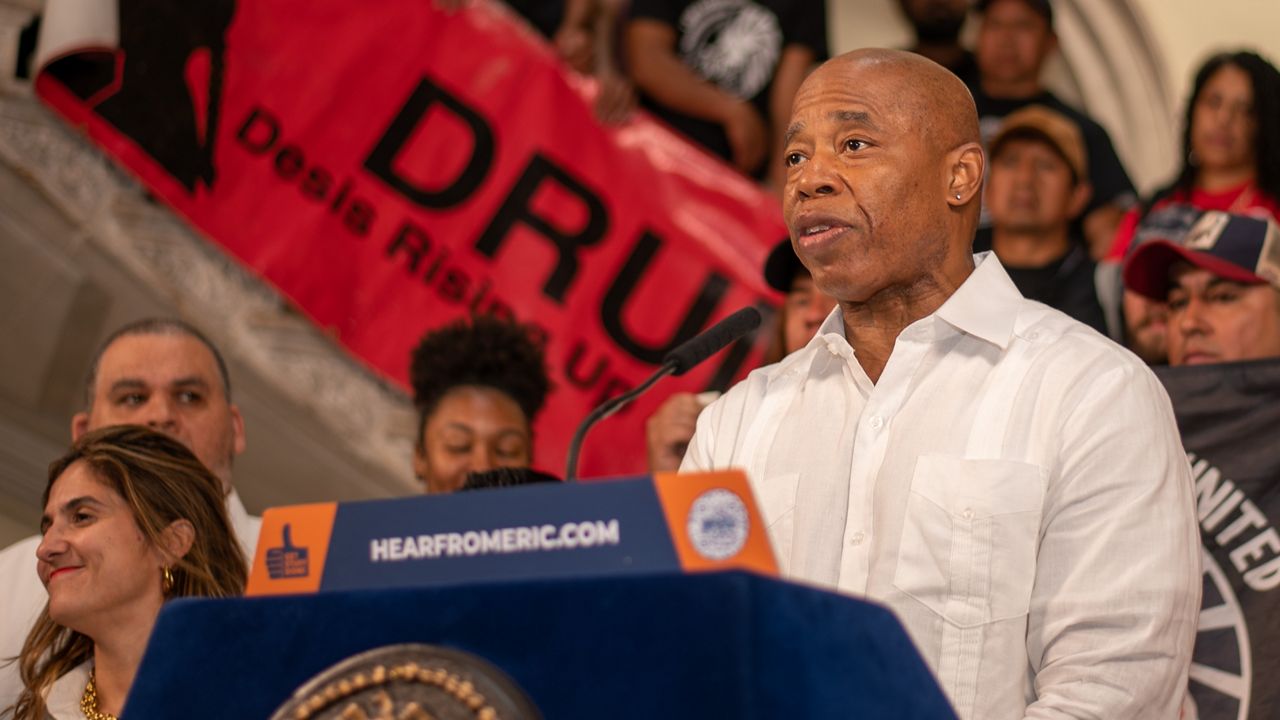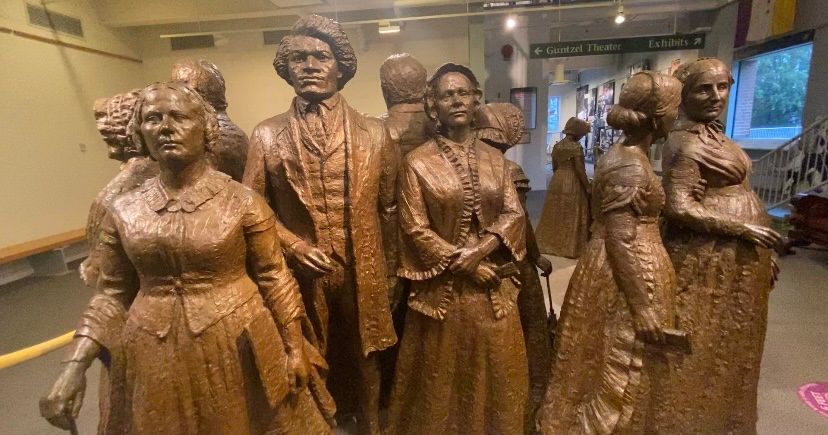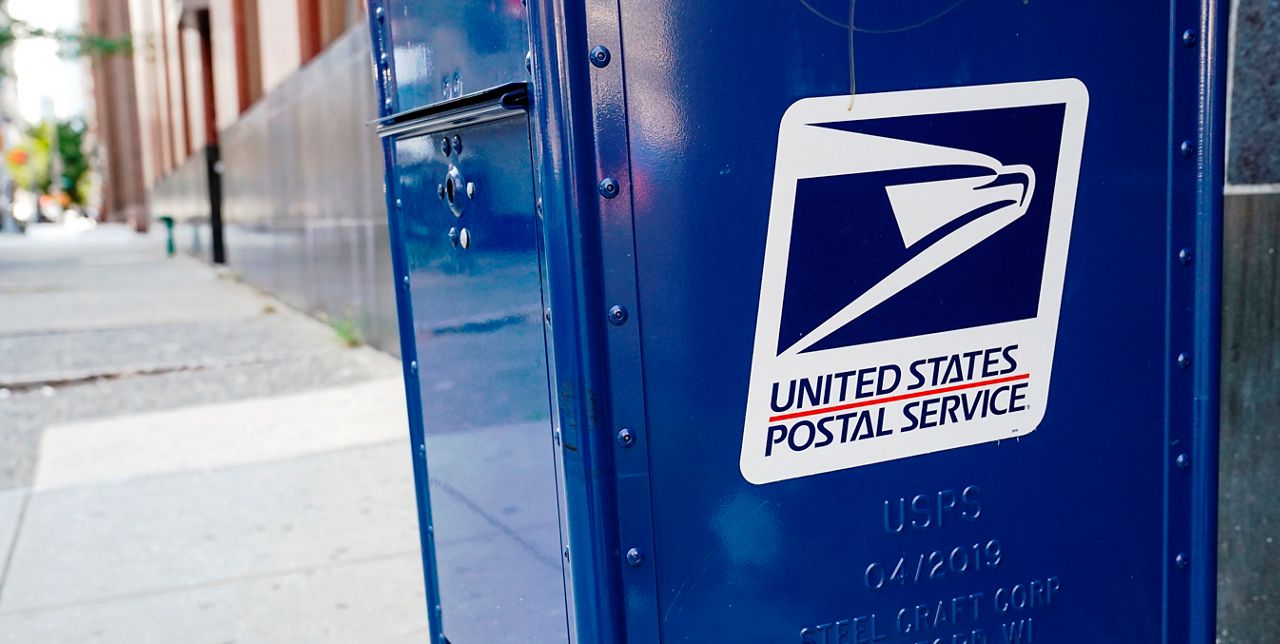Jaywalking — that time-honored practice of crossing the street outside of the crosswalk or against the traffic light — is now legal in New York City.
Legislation passed by the City Council last month officially became law over the weekend after Mayor Eric Adams declined to take action — either by signing or vetoing it — after 30 days.
Council Member Mercedes Narcisse, a Brooklyn Democrat who sponsored the legislation, said Tuesday that the new law ends racial disparities in enforcement, noting that more than 90% of the jaywalking tickets issued last year went to Black and Latino people.
“Let’s be real, every New Yorker jaywalks. People are simply trying to get where they need to go,” she said in an emailed statement. “Laws that penalize common behaviors for everyday movement shouldn’t exist, especially when they unfairly impact communities of color.”
The new law permits pedestrians to cross a roadway at any point, including outside of a crosswalk. It also allows for crossing against traffic signals and specifically states that doing so is no longer a violation of the city’s administrative code.
But the new law also warns that pedestrians crossing outside of a crosswalk do not have the right of way and that they should yield to other traffic that has the right of way.
Liz Garcia, an Adams spokesperson, declined to elaborate on the mayor’s decision to let the bill become law without his action.
But she noted the bill makes it clear that crossing against the light and mid-block is highly risky behavior. People may also still be liable in civil actions for accidents caused by jaywalking, Garcia added.
“All road users are safer when everyone follows traffic rules,” she said in a statement. “We continue to encourage pedestrians to take advantage of safety mechanisms in place — such as daylighting, pedestrian islands, and leading pedestrian intervals — by crossing in a crosswalk with the walk signal.”
Other cities and states, from Denver and Kansas City, Missouri, to California, Nevada and Virginia have decriminalized jaywalking in recent years, according to America Walks, a Seattle-based group that's been tracking the proposals.
“Cities that truly care about safety focus on street design, speeding and dangerously large vehicles," Mike McGinn, the group's executive director, said Tuesday. "Not jaywalking laws.”
The laws were pushed by the auto industry in the 1930s as a way to keep people off streets and make more room for vehicles, according to America Walks.
The term “jaywalking” dates to the early 20th century and has its roots in Midwestern slang for a country bumpkin or rube, according to dictionary maker Merriam-Webster.
In New York City, where struggles between pedestrians and motorists are constant, the jaywalking law had been on the books since 1958 and carried a penalty of up to $250.
In the 1969 film “Midnight Cowboy,” Dustin Hoffman famously yells, “I’m walking here!” as his character is almost hit by a cab while crossing the street in Manhattan.
The Legal Aid Society, meanwhile, called the legislation long overdue. The non-profit organization, which provides free legal representation to New Yorkers that cannot afford a lawyer, said police for decades have used the violation as a pretext to stop, question and frisk residents — especially those of color.
“With this legislation now codified, we hope that both the Adams Administration and the City Council will continue to abolish relic laws that serve no public safety purpose and only ensnare people in the criminal legal system,” the organization said in a statement.
Police department spokespersons didn't immediately respond to emails seeking comment, and a spokesperson for its largest union declined to weigh in.
But Narcisse said officers she has spoken to say their time could be better spent on other police work, rather than issuing tickets for jaywalking.
“No one’s ever said, ‘I’m so glad they caught that jaywalker.’ By eliminating these penalties, we allow our police officers to focus on issues that truly matter,” she said.









